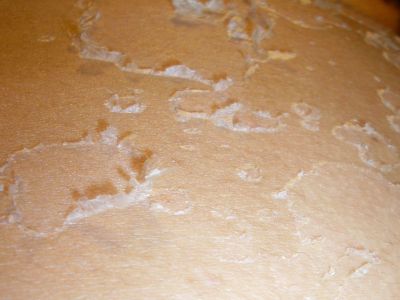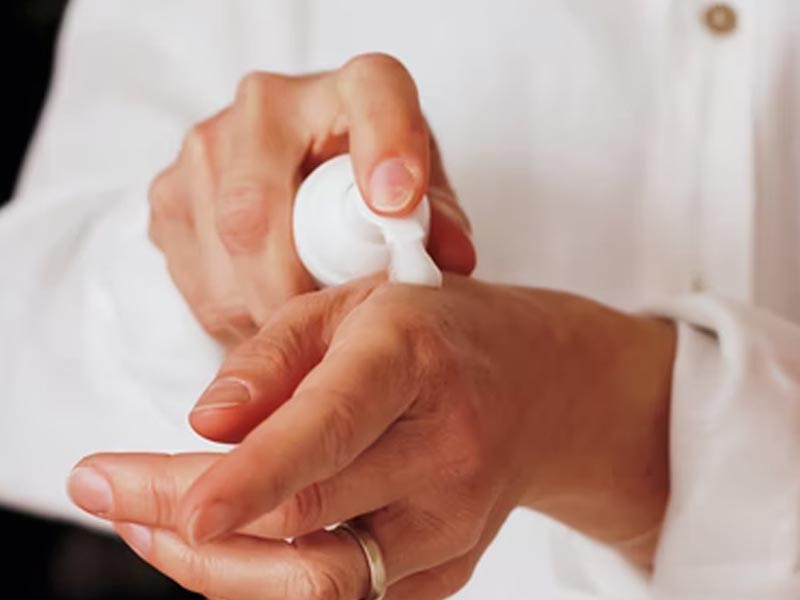What is the Best Treatment for Actinic Keratosis?

What is Actinic Keratosis?
Actinic keratosis is a rough, scaly patch on the skin that develops from years of sun exposure. It grows slowly and usually first appears in people over 40. If left untreated, this condition may lead to squamous cell carcinoma is about 5% to 10%. The lesions frequently arise on sun-exposed areas of the face, lips, ears, scalp, shoulders, neck, and the back of the hands and forearms.
What are the Symptoms?

- Bump on the top layer of skin or flat to slightly raised patch
- Scaly patch of skin or rough dry, usually less than 1 inch
- Color variations, including red, brown, or pink
- In some cases, a hard, wart-like surface
- New patches or bumps on sun-exposed areas of the head, neck, hands, and forearms
- Burning, Itching, crusting, or bleeding
- New patches or bumps on sun-exposed areas of the head, neck, hands, and forearms
- Itching, burning, bleeding, or crusting
What Causes Actinic Keratosis?
AKs result from long-term exposure to UV rays. This means that if you already have an AK, you are likely to develop more in the future. This puts you at a higher risk for skin cancer which sometimes can be an invasive form of the disease.
Risk Factors of Actinic Keratosis
- Are older than 40
- You work outdoors most of the time
- Have blond hair or blue and red or light-colored eyes
- Tend to freckle or burn when exposed to sunlight
- Have a history of a lot of sun exposure or sunburn
- You have a weakened immune system
How to Prevent Actinic Keratosis?

- Use sunscreen if possible. Apply a broad-spectrum water-resistant sunscreen with a sun protection factor of at least 30. Use a lip balm with sunscreen on your lips. Apply sunscreen at least 15 minutes before going outside and reapply it every two hours.
- Dress properly. For extra protection from the sun, wear tightly woven clothing that covers your arms and legs.
- Limit your sun exposure. Avoid time in the sun between 10 in the morning and 2 in the afternoon. You also have to avoid staying in the sun so long that you get sunburned.
- Avoid tanning beds. The UV exposure from a tanning bed can cause just as much skin damage as a tan from the sun.
- Check your skin regularly. Examine your skin regularly, looking for the development of new skin growths or changes in existing moles, freckles, bumps, and birthmarks.
Treatment for Actinic Keratosis
In some cases, this condition will disappear on its own without the need for medication. If you have several AKs your healthcare provider might prescribe a medicated cream or gel to remove them.
Imiquimod cream is often recommended to treat skin infections such as AK. It is generally known as an immune response modifier and is sometimes indicated for other types of skin infections too. This also improves the immune response of the cells when applied. The activated immune cells travel to areas of infection and eliminate the infected cells.
Surgical and Other Treatment Procedures
- Laser therapy. This technique is increasingly used to treat this condition. Your healthcare provider uses an ablative laser device to destroy the patch, allowing new skin to appear. Side effects may include scarring and staining of the affected skin.
- Freezing. The condition can be removed by freezing them with liquid nitrogen. As your skin heals, the damaged cells slough off, allowing new skin to appear. Cryotherapy is the most common treatment.
- Photodynamic therapy. Your healthcare provider might apply a light-sensitive chemical solution to the affected skin and then expose it to a special light that will destroy the condition.
- Curettage. In this procedure, your healthcare provider uses a device called a curet to scrape off damaged cells. Side effects of this procedure may include infection, scarring, and changes in the skin color of the affected area.



